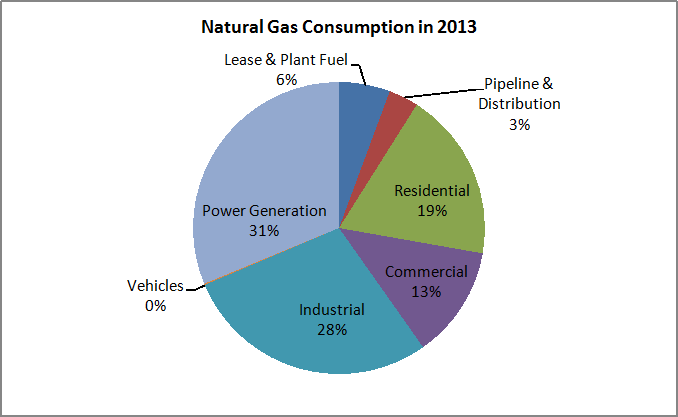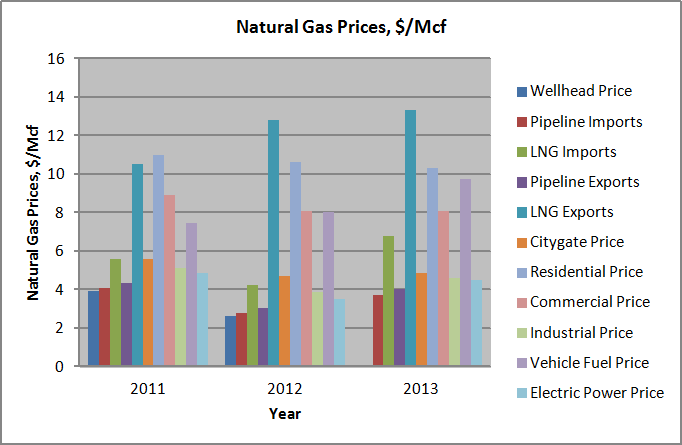 PetroStrategies, Inc. PetroStrategies, Inc. |
||||||||||||||||||||||||||||||||||||||||||||||||||||||||||||||||||||||||||||||||||||||||||||||||||||||||||||||||||
|
||||||||||||||||||||||||||||||||||||||||||||||||||||||||||||||||||||||||||||||||||||||||||||||||||||||||||||||||||
|
Natural Gas Marketing End Use MarketsNatural gas is used in a number of markets as illustrated in the pie chart below.
Industrial uses of natural gas represented the largest market with fuel and raw material applications. Natural gas is used to dry potato chips and automobile paint finishes. Natural gas is converted into fertilizer, methanol, and gasoline blending compounds. Please see the a graph of the latest Natural Gas Consumption. Natural gas is used in the residential and commercial sector for home heating and cooking. Natural gas used to produce electricity is growing rapidly. Natural gas is moved to market through a network of gathering systems and pipelines. Natural gas from producing wells is collected in a field gathering system. The gas is processed in a natural gas processing plant where the heavier hydrocarbon liquids are removed and the gas is compressed. [Click on image to view full-size] The natural gas is sent to interstate transmission pipelines that transport the gas to consumers. Gas compressors along the line maintain the system pressure and keep the gas flowing. 4Go to the Topic Listing Natural Gas PricesNatural gas prices increase as gas in transported and distributed to end users. The prices reflect the costs of compression, storage and other logistical operations. The chart below indicates the average prices to end users in 2008.
Structural ChangesNatural gas marketing has undergone many changes since the days when natural gas was a highly regulated by-product of crude oil production. Natural gas marketing has changed considerably over the past decade. In the past, the natural gas transmission companies purchased the gas from producers, transported the gas, and sold it to local distribution companies or large users. The local distribution companies (LDCs) sold the gas to end-users in residential, commercial, industrial, and utility power markets. The new deregulated natural gas market allows producers to sell directly to end-users. [Click on image to view full-size] Source: J. Richard Moore Today's market has also fostered the development of natural gas marketers who can either collect suppliers and find markets for the production (supply aggregators) or collect customers and find supplies to meet their demand (market aggregators).
References
Copyright 2000
|
||||||||||||||||||||||||||||||||||||||||||||||||||||||||||||||||||||||||||||||||||||||||||||||||||||||||||||||||||



